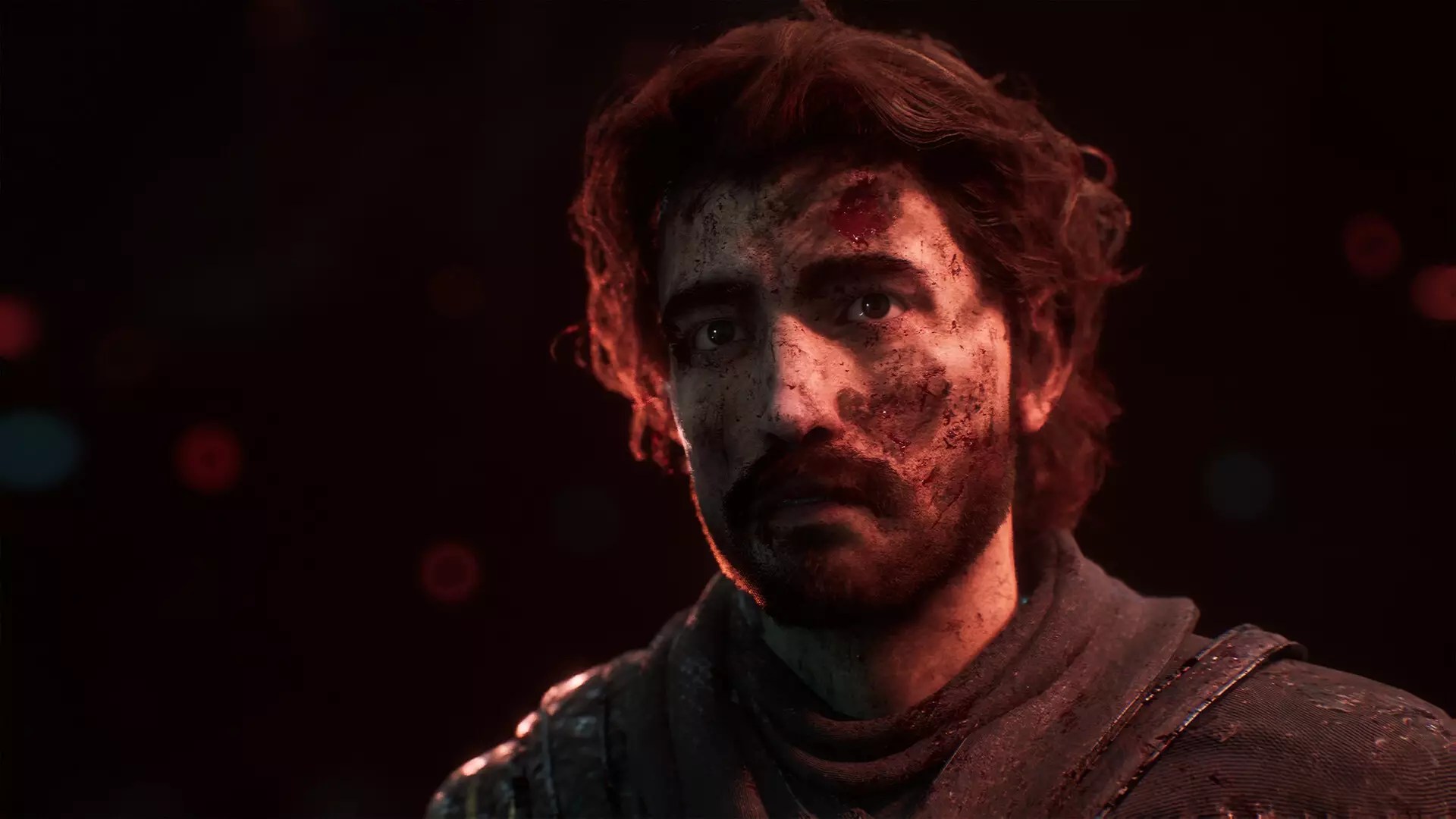Traditional video game narratives often rely heavily on predictable tropes—heroic arcs, safe character journeys, and satisfying resolutions. However, Clair Obscur: Expedition 33 takes a radical departure from this formula by intentionally shocking players with a brutal act of storytelling: the sudden and irreversible death of its protagonist, Gustave. This decision isn’t merely for shock value; it exemplifies a conscious effort by the developers to deepen emotional engagement and immerse players in the raw reality of loss. Instead of coddling players with safe narratives, the game forces them to confront uncomfortable truths about mortality, sacrifice, and the unpredictable nature of life.
What makes this approach particularly compelling is the deliberate symbolic weight attached to Gustave’s demise. His death isn’t a random act; it echoes the thematic core of the game—loss as an inevitable and transformative force. The developers cleverly leverage the player’s investment in Gustave’s journey to amplify the emotional punch, ensuring that when he falls, the impact resonates far beyond the gameplay mechanics. This audacious move positions Clair Obscur not only as an immersive adventure but also as a poignant reflection on human fragility in the face of chaos.
The Artistic Risk: From Jokes to Genuine Impact
Interestingly, the idea of killing Gustave originated from an almost joking remark during early brainstorming sessions. According to game director Guillaume Broche, a casual suggestion to kill the protagonist evolved into a core design decision. What began as a playful thought, “What if we kill him?”, transformed into a deliberate narrative choice intended to serve the game’s thematic ambitions.
This creative gamble underscores a bold philosophy: storytelling in video games must be fearless. By intentionally obliterating the central character early in the story, Burche and his team sought to evoke an authentic sense of loss—one that gameplay alone cannot convey. The death functions as a pivotal moment that redefines player engagement, urging them to reflect on the transient nature of progress and attachment. It’s a risky gamble, yet one that elevates Clair Obscur from a conventional adventure into a powerful commentary on the human condition.
Reevaluating Player Attachments and Narrative Expectations
This narrative choice also invites players to reconsider their emotional investments. In many games, the protagonist serves as a vessel for the player’s agency, fostering a sense of ownership over their journey. When Gustave is suddenly taken away, it disrupts this dynamic, challenging players to confront feelings of loss, regret, and even betrayal.
Furthermore, the death of Gustave embodies a broader philosophical stance: that stories, to be truly impactful, must sometimes defy expectations. The developers’ willingness to sacrifice their main character not only heightens the emotional stakes but also underscores a conviction that meaningful storytelling requires risk. In this way, Clair Obscur pushes the boundaries of what players expect from narrative-driven games, demonstrating that genuine engagement sometimes demands uncomfortable truths.
The Legacy of Sacrifice in Narrative Design
Ultimately, the decision to kill Gustave emphasizes that the fiercest stories are often those that dare to challenge the audience. It isn’t just a narrative twist; it’s a statement about the potency of storytelling through loss. By deliberately choosing to do away with the central figure, the creators of Clair Obscur underscore that the most indelible stories aren’t those that simply entertain, but those that resonate on a deeper emotional level—ones that explore the complexities of mortality, sacrifice, and the fleeting nature of human experience.
This approach sets a new bar for narrative daring in the gaming industry—one that values emotional authenticity over predictability. As developers continue to push the envelope, the legacy of Clair Obscur will likely inspire future storytellers to embrace bold choices, understanding that true storytelling often lies in the uncomfortable, in the moments where the audience is most vulnerable.


Leave a Reply